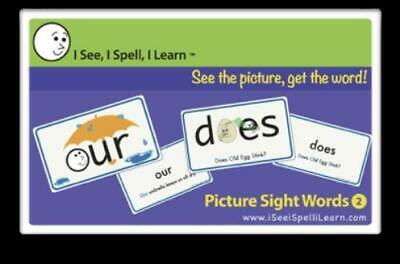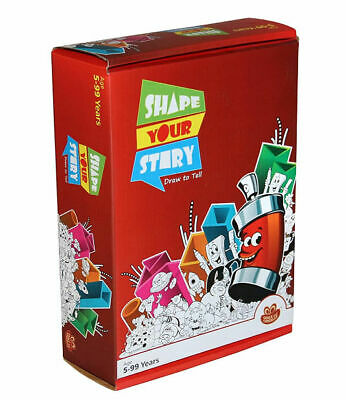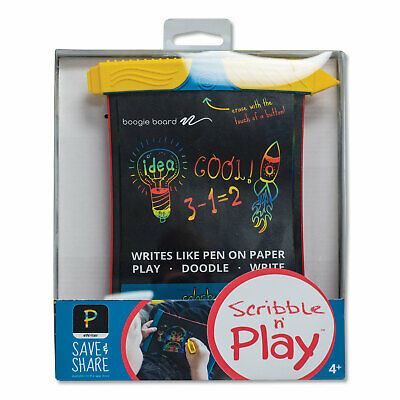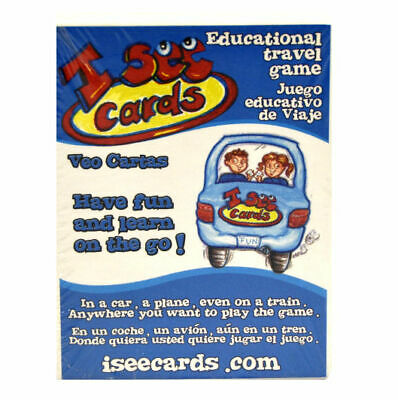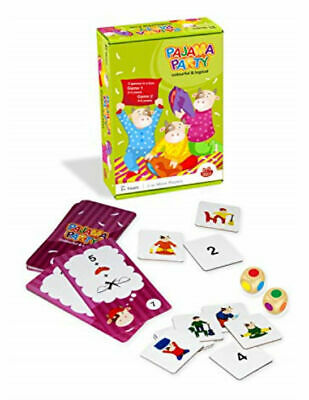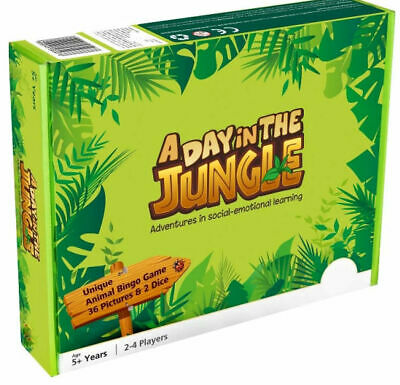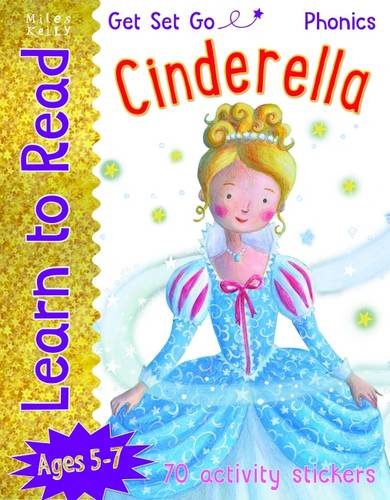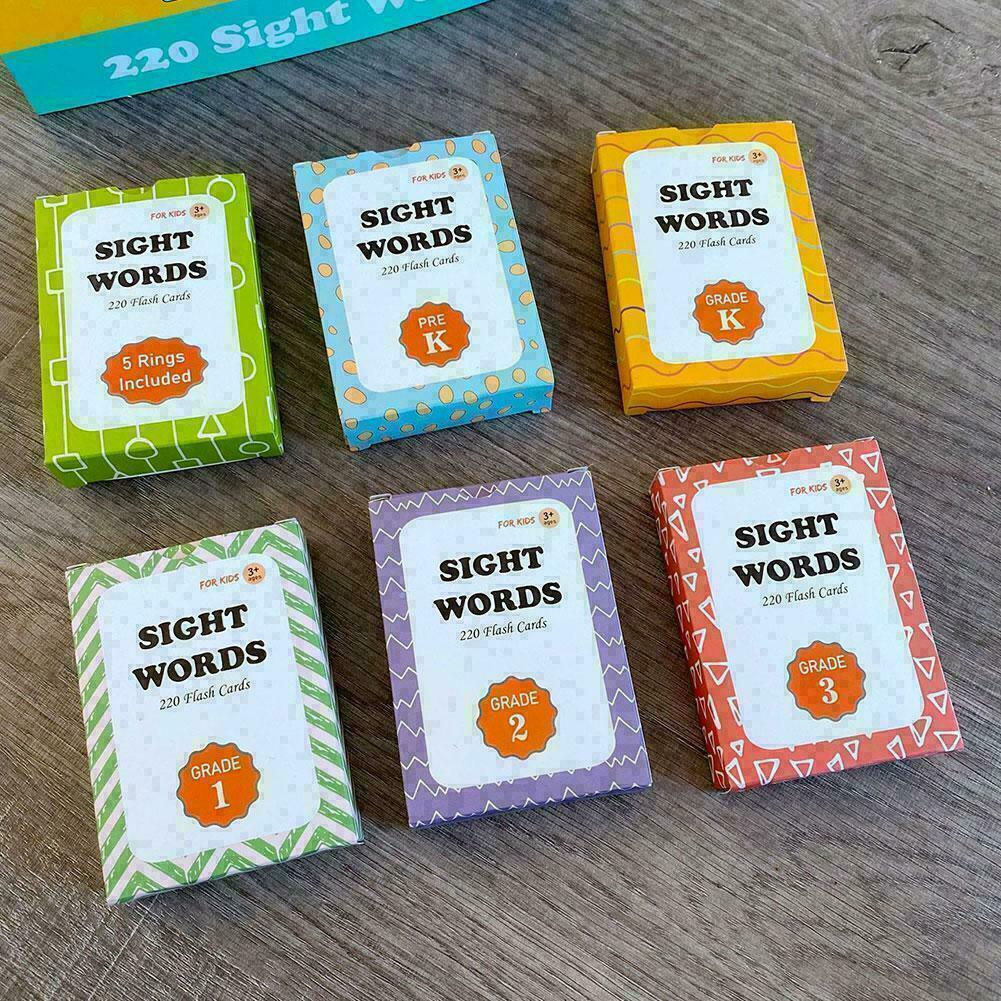-40%
I See, I Spell, I Learn® - Picture Sight Words™ Flashcards Set 2
$ 8.44
- Description
- Size Guide
Description
I SEE, I SPELL, I LEARN® - PICTURE SIGHT WORDS™ FLASHCARDS - SETS 1, 2 & 3 COMBO PACKduz… dose…DOES! wuz, wus…WAS!! "Thay where rite wen thay sed it wuz hard!"
Looks familiar? If your child struggles with sight words, try these cards created by a dyslexia tutor. Sight words cannot be "sounded out"; they must be memorized. Right-brained children often struggle with memorization. These specific picture cues have been tested and proven effective, as they allow the child to use right-brain strength to recall a picture in place of a letter.
The cards do all the work and are easy and fun. They can be used by themselves or as part of any reading or spelling program. Kids love them, as do parents, teachers and tutors. Great for right-brained learners and
emerging readers.
The 25 cards in Set 2 are:
again, all, been, come, could/would/should, does, done, down, front, her, here, none, our, put, saw, some, there, walk, was, were, what, when, where, who, why.
WHAT ARE SIGHT WORDS AND WHY PICTURE SIGHT WORDS?
What are Sight Words?
Children start to read by “sounding out” words. However many words cannot be sounded out. Words like “are”, “your”, “come” appear so frequently in early reading material, that children must be able to recognize these words by “sight”, hence the name “sight words”. So sight words must be memorized or recognized instantly, rather than being sounded out or decoded.
Why Picture Sight Words?
These cards were created by Roma Chadha Sood, a Reading Specialist to help right-brained children with Dyslexia, ADD/ADHD who struggled with memorization. Roma works extensively with children who struggle with reading & spelling.
The traditional method of exposure to and repetition of sight words can be difficult, boring and worse, ineffective! Picture Sight Words help a child read, spell and understand sight words much faster. The words have been taken from Dolch Sight Words lists (Pre-K to 3rd grade). Each set has 25 words that go from a beginner level in Set 1 to an advanced level in Set 3.
HOW PICTURE SIGHT WORDS PROGRAM HELPS?
READING
:
Picture Sight Words are a research-based, multi-sensory teaching tool that help children recognize and, thus, read sight words much faster. Picture cues allow a child to recall a picture instead of a letter - the picture provides a context that helps your child understand and recognize what the word says. Simply put, the picture tells a story which makes recalling the sight word easier.
SPELLING
:
Picture Sight Words are the first cards that help a child spell sight words. The picture cue embedded in the word is in the shape of the tricky letter. Now when the child tries to recall that letter, he can recall the picture, which will tell him what letter it is because it has the same shape. The cards are not cluttered with confusing visuals. There is usually just one picture in the word, making recall easier. For the first time, your child can "draw" a word, and spelling sight words can become fun!
COMPREHENSION
:
The sentence at the back of each card uses the sight word, and helps your child understand the meaning of the word in context.
Who can benefit from the Picture Sight Words Program?
The program works best for emerging readers (4-8 years old), since the pictures keep younger children engaged. The cards can be used alone or as part of any reading or spelling program. These cards have proved to be a great learning tool for children with learning differences like dyslexia, since they use right-brained strengths of recalling a picture, instead of relying on the weaker left-brain to recall a sequence of letters which have no meaning to them.
For detailed instructions on how to use
Picture Sight Words Program
, tips and tricks, please visit our website.
Once the child has completed Set 1, move on to Sets 2 and 3, and then on to
Picture Homophones
. You can also purchase digital workbooks from our website if your child needs extra practice spelling these sight words. For self-learning and practice, Picture Sight Words program is also available as an interactive and voice-enabled app on app stores on smartphones & tablets.
HOW TO USE PICTURE SIGHT WORDS FLASHCARDS?
READING INSTRUCTIONS:
Work on recognition & reading before spelling.
1. Show your child the picture and say the word.
2. Read aloud the sentence on the back of the card.
3. Explain the meaning of the word and discuss the context using the picture and sentence.
4. Make up your own sentence(s) with the word.
5. Ask your child to make one up too.
Do three cards per session.
When the entire set has been mastered, move on to the next set.
Make Reading Fun:
Matching Game:
Write out the words on 3x5 cards. Place a few on the table and have your child MATCH the picture cards with the plain cards. This reinforces what the word looks like without the picture cue.
Flip Over Game:
Once the child has seen the picture cues a few times, spread out the cards with pictures facing down. Point to each word on the back of the cards (the side with NO pictures). If the child cannot recognize the word, he/she can flip the card over to see the picture cue. Tell them the word and play the game again using this word with others they are working on.
Treasure Hunt:
Once the child has started recognizing the words without the help of the pictures, have him/her look for and highlight these words in a story or text.
SPELLING INSTRUCTIONS:
Learning to spell sight words usually takes much longer than learning to read them. Show the card and repeat the sentence as needed.
Make Spelling Fun:
Link the shape of the letter to the picture cue and/or the sentence at the back of the card.
Help them use their right-brain strengths to remember the
picture
, rather than memorizing a letter over and over. Here are some ideas.
Make it Art:
Use the word "draw", not "spell". Have them draw the word with its picture cue. Repeat the letters used in the word as they draw.
Play "What's Missing?"
Write down the word with a blank for the tricky letter (the one with the picture cue). Have them fill in the blank. Let them refer to the picture cue for as long as needed.
For example, "pull" - if the child writes 'poll' instead of 'pull', repeat the sentence: "U can’t pull those long ladders!" Help the child recall the picture. You could ask, "Who can’t pull the ladders?" (Show the picture if needed.) Gently lead the child to remember the missing letter is an "u".
For more spelling practice, there are sight word e-workbooks available at our online webstore.
All images and text are Copyright 2012-2019, I See, I Spell, I Learn, LLC. All Rights Reserved.
